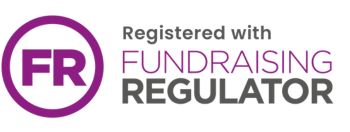A team of American researchers have discovered a new way to limit inflammation caused by traumatic brain injury, stroke and other neurological disorders.
The findings have been announced in a press release from Georgetown University Medical Centre and are to be published in the online journal Glia.
Injury or infection in the brain triggers the activation of key immune cells called microglia, which secrete toxic chemicals that remove foreign material and damaged cells. However, in the process they can also kill healthy brain cells and worsen the damage.
The researchers found that microglia possess a receptor called mGluR5, which can be turned on in brain neurons to prevent cell death after injury. Receptors act as a lock on cells, which can be activated by certain chemicals that serve as a key by binding to the receptor. The researchers showed that a chemical called CHPG could be used to activate the mGluR5 receptor and turn off microglial activity, thus preventing its damaging effects.
In the press release, senior investigator Alan I. Faden, MD says: "This study has important potential therapeutic implications for the treatment of a number of important neurological disorders."
However, because microglial cells also release chemicals which promote nerve cell regrowth and regeneration, treating brain injury with CHPG may be challenging. The trick will be to use it discretely after injury for a short period of time.
So far, unpublished follow-up studies on animals have been encouraging, but therapeutic application in humans may be some time away.
Reference
Byrnes, K., Stoica, B., Loane, D., Riccio, A., Davis, D. and Faden, A. (2008) Metabotropic glutamate receptor 5 activation inhibits microglial associated inflammation and neurotoxicity, Glia. (Early view available online at www3.interscience.wiley.com).
Back









